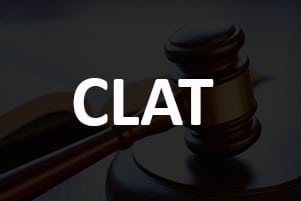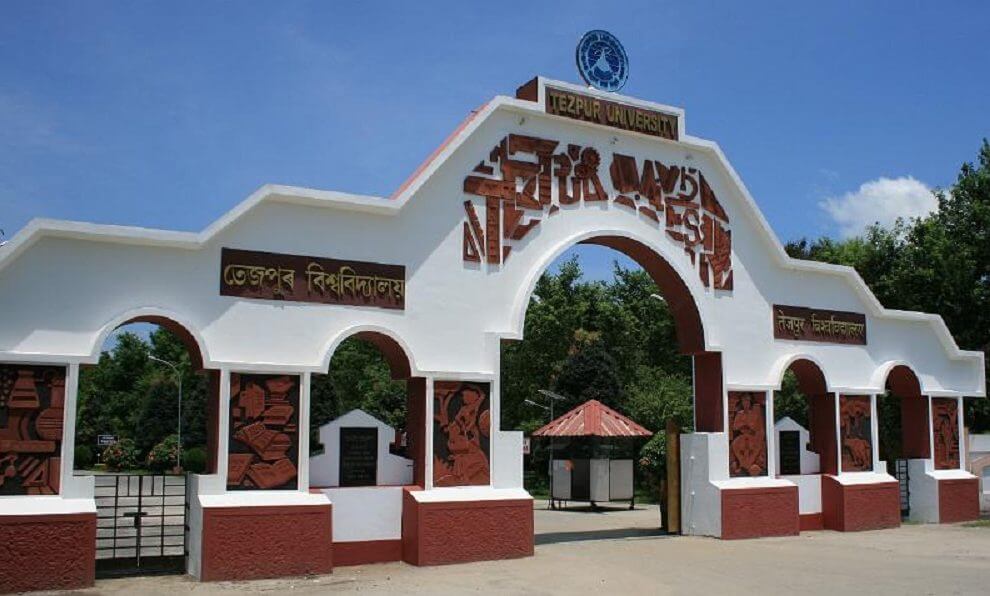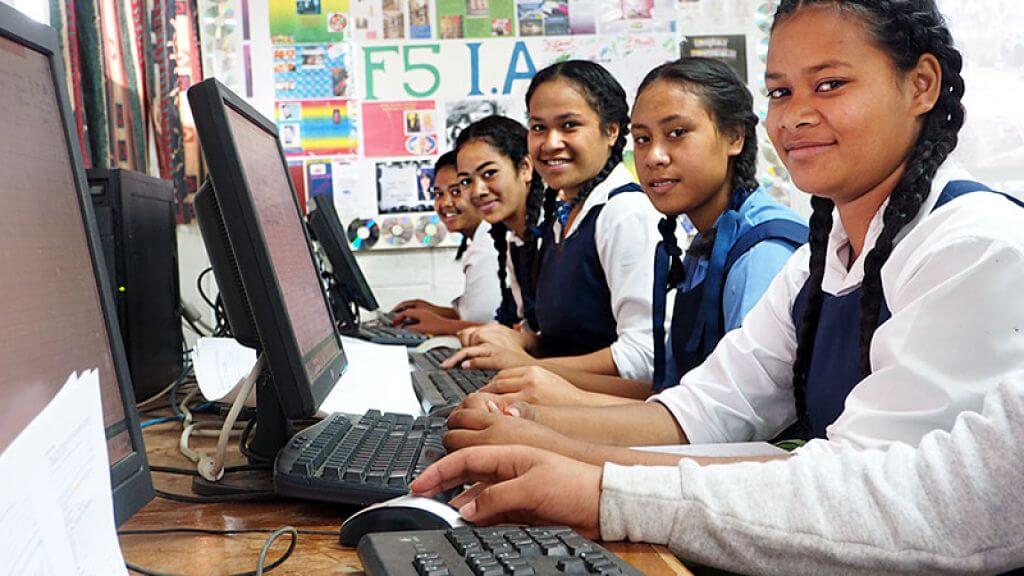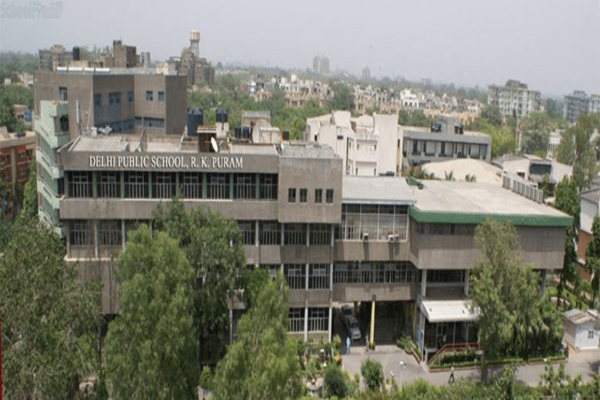Union Public Service Commission (UPSC), India’s premier central recruiting agency responsible for appointments to and examinations for All India services and group A and group B of Central services, has released the exam schedule for Indian Economic Service Exam 2018 and Indian Statistical Service Exam 2018.
All the selected candidates can appear for the Interview on the scheduled dates. The important points as per the schedule mentioned on the UPSC Website are as follows:
Interview dates for UPSC ISS and UPSC IES
- The interview for Indian Economic Service Exam 2018 is scheduled to be held from November 12 to 14, 2018 to fill up 14 posts
- The interview for Indian Statistical Service Exam 2018 is scheduled from November 12 to 15 to recruit 32 posts
The exam for recruitment to Junior Time Scale of the Services was held on June 29, 2018 by the Union Public Service Commission.
Procedure for checking the list of the UPSC ISS and UPSC IES interview
The Commission has released the selected candidates’ list for an interview on the basis of which candidates can check their roll numbers and appear for interview on the scheduled date.
Candidates are required to visit the official website of UPSC and click on the link of Indian Economic Service Examination, 2018 Exam Schedule and Indian Statistical Service Examination 2018 Exam Schedule. A pdf file will open containing all the selected candidates’ roll number and date of interview. Candidates can go through the pdf and appear for the interview as per schedule.






























